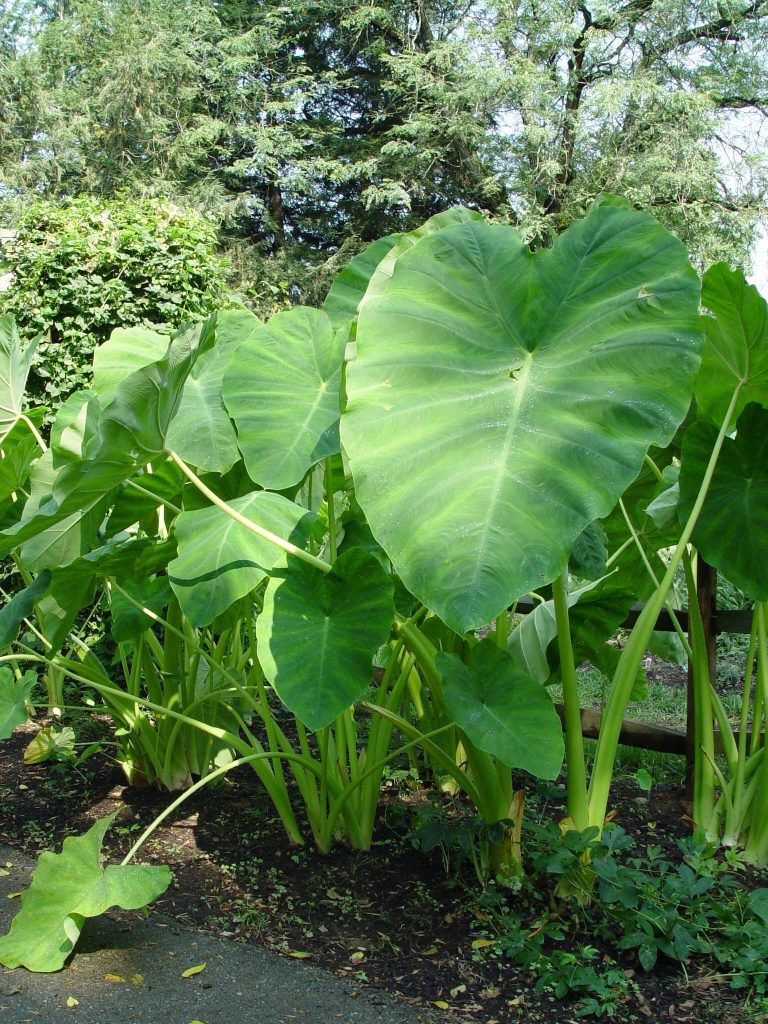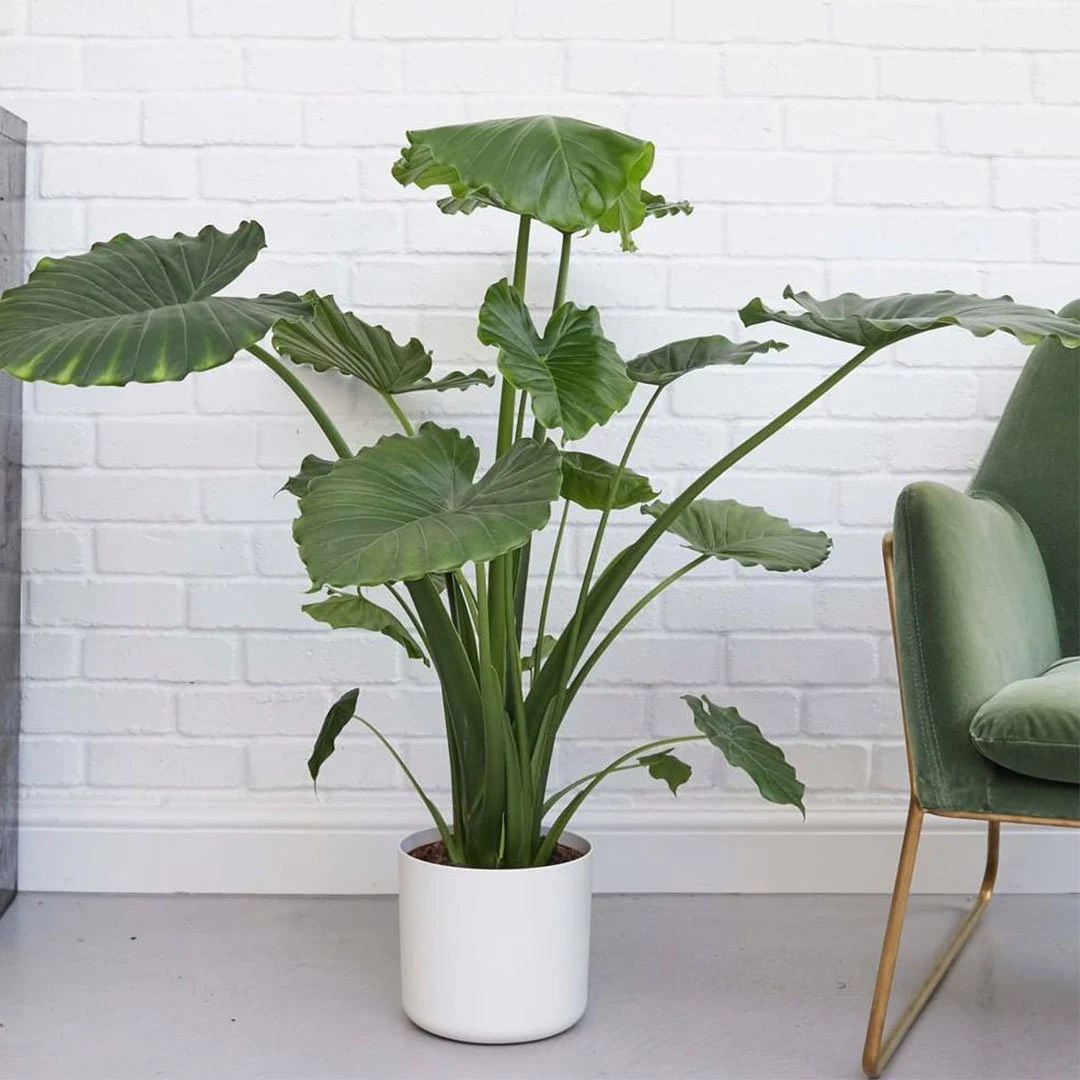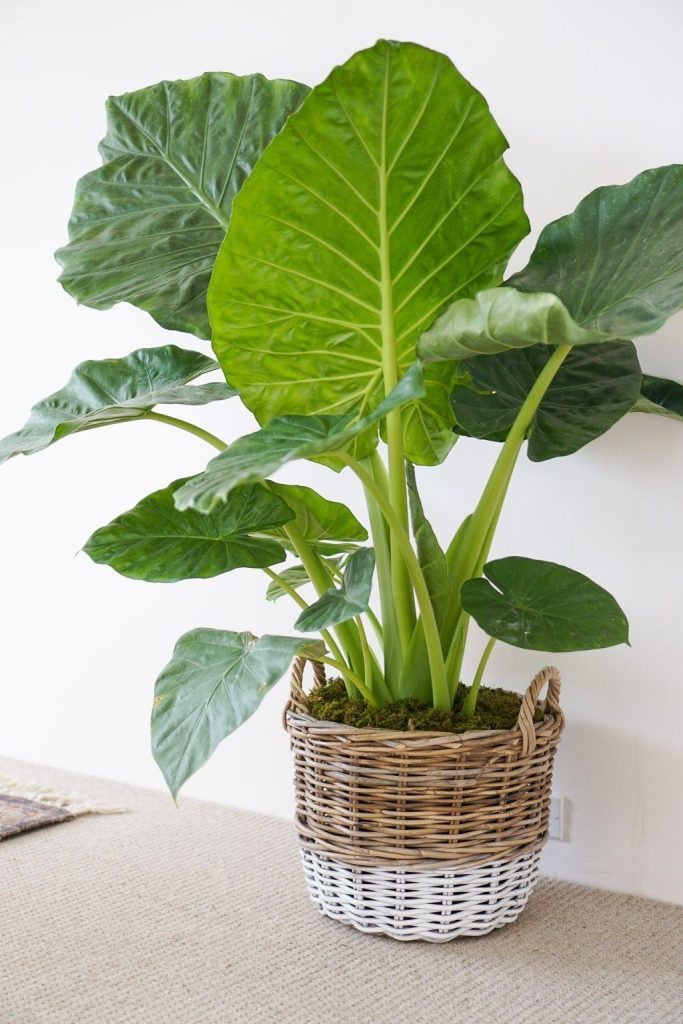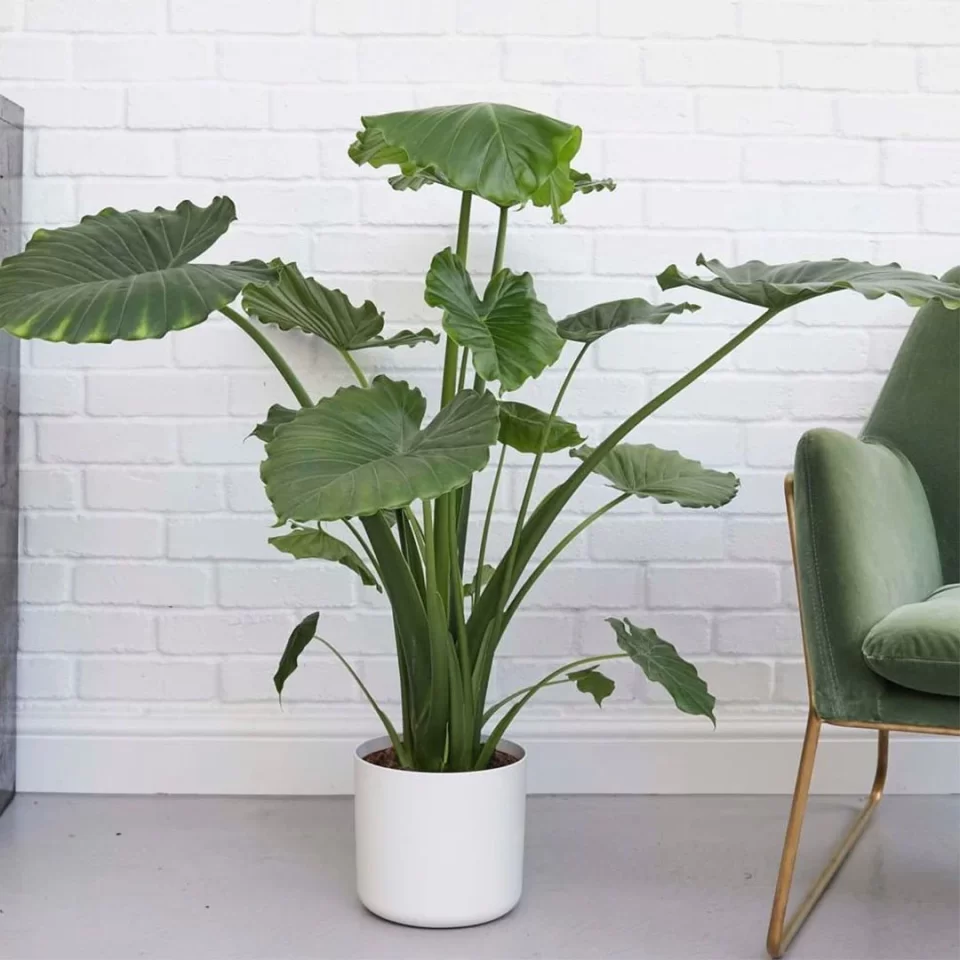Introduction to Elephant Ear Plants
Elephant ear plants are tropical plants that grow from rooted plants or tubers. These plants have large leaves of heart shape and the leaves are borne 2 feet to 3 feet in height. They have leaf stalks or petioles and their foliage colors may be green, black, purple, white variegated, or green.
Types of Elephant Ear Plants
Elephant ear tropical plants belong to two related plant groups named Alocasia and Colocasia. Both types of plants grow as outdoor or indoor plants. Alocasia is an indoor elephant ear plant but Colocasia is an outdoor elephant ear plant. The blog post will highlight growing and maintaining an elephant ear plant.
Interesting Facts about Elephant Ear Plants

- Elephant ear plants belong to many tropical plants’ specials, whose leaves grow triangular.
- These plants grow from tubers or bulbs in a warm climate on the ground.
- Homeowners willing to add foliage to their bright rooms may grow indoor elephant ear plants by following a few caring and maintenance tips.
- Elephant ears are a few fast-growing and perennial plants. They often thrive in tropical regions in full sun or partial shade. These plants even grow in the ground during cold climates.
- You may dig elephant ear bulbs for storing them indoors and replanting them in the upcoming spring.
- Similar to any other type of tropical plant, an indoor elephant ear plant thrives in pots placed in indirect sunlight at average room temperature.
- Most elephant ear plants have green and lush leaves with pronounced creamy white or bright white veins.
- A few plants have purple leaves to give a dramatic appearance.
- The giant leaves in some plants have reddish-purple in the below parts and shiny green in their upper areas.
Points to Consider to Grow Indoor Elephant Ear Plant
Whether you choose to plant an elephant ear in your garden bed or a pot, you will find the fun and excitement in growing it. You should follow the necessary planting tips, which include the following-
Growth of the Plants
Elephant ear plants grow from their tubers. You have to dig them upward while growing such plants outdoors, as they cannot survive extreme cold. In contrast, if you want to grow anindoor elephant ear plant, you must place the tuber in a big pot of approximately 14 inches to 20 inches. If possible, you should get an additional large post so that your grown plant becomes monstrous.
Later, fill the large pot with approximately three-quarters of potting soil and nestle the plant tuber by keeping its root side downward in the center. Cover the remaining area of the soil by filling the potting soil. You must make sure to keep the tuber at about 8 inches deep.
Light Requirements for the Growing Plant

You need partial shade and bright sunlight to grow almost every variety of indoor elephant ear plants. When you grow potted elephant ears in your home, you have to protect their foliage from direct sun rays.
The intensive bright light of the sun may discolor the stunning and ornamental leaves. Moreover, if you place the plant at the window of your home that faces south, make sure to protect the elephant ear plant by using a sheer curtain.
Species of elephant ear plants typically withstand direct sunlight while planting outdoors. These often need partial shade in dry and hot climates.
Soil Requirements to Thrive Elephant Ear Plants
An indoor elephant ear plant thrives in organic material-rich soil. Such soil drains properly to retain the moisture content easily.
However, if you want to grow it in pots, you must use a potting mix that works well for aroids. You have to mix only one part of perlite with 5 parts of bark, and one part of peat moss to grow potted plants.
Accordingly, the organic matter can hold moisture and the part of perlite improves the soil drainage. When you grow the plants in a sunny backyard, you need organic matter in sufficient amounts in the ground. You may even put efforts into compost for supplying nutrients and holding the moisture content.
Right Way to Water Elephant Ear Plants
You have to provide water to elephant ear plants to retain the moisture content of the soil. During summers and springs, you have to water potted an indoor elephant ear plant daily.
You must follow the guidelines related to the moisture level of the soil while watering elephant ear plants. Give water when the top layer of the potting soil becomes dry and give a thorough watering to your potting mix.
Temperature to Grow Elephant Ear Plants

Elephant ear plants cannot tolerate cold weather. Instead, such tropical plants grow well in the heat. Hence, the ideal temperature range for their growth is between 18 degrees Celsius and 24 degrees Celsius. However, you may store an indoor elephant ear plantduring winters as well. For this, you have to store the plants in bulbs and place them in the basement by maintaining a temperature from 7 degrees Celsius to 13 degrees Celsius.
Humidity Requirements for the Growth of the Plants
Whether you grow elephant ear plants indoors or outdoors, they have to meet humidity requirements. Potted type of elephant ear plants requires an above-average level of moisture while they grow indoors. Alternatively, you may place the pot containing an elephant ear plant on a pebble tray by pouring water in it. You may even use a humidifier for increasing the humidity of your room, where you place the plants.
Fertilization to Grow the Plants
You have to remember that elephant ear plants feed enough. Hence, you need fertiliser-rich nitrogen to encourage foliage growth healthily.
Conclusion
An indoor elephant ear plant has a vital role to enhance the beauty of your home and garden. However, you have to care for t properly by growing of in moist soil. Besides, you should apply high nitrogen fertilizer, provide regular water and maintain the humidity to achieve faster growth.
